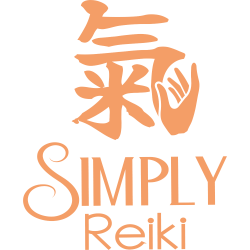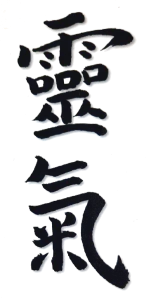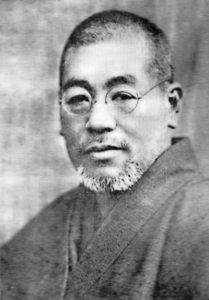WHAT IS "TRADITIONAL JAPANESE REIKI" AND
HOW IT CAN HELP YOU
Reiki as Energy Medicine and Practice
Traditional Japanese Reiki is an energy healing practice. It originated in Japan in the 1920s. At its core, it aims to restore psycho-physical well-being through the use of what the founder, Mikao Usui, called "Rei-ki/extraordinary energy"
During the treatment, energy is directed to points of imbalance - identified by the therapist - through the gentle contact of the hands, without pressure or movement, promoting physical, emotional, and mental healing.
In today's perspective, Reiki falls under the category of Energy Medicine, which includes medical practices that study the therapeutic effects of energy produced by medical systems or the human body. Over the last 20 years, it has been increasingly studied clinically and used in hospitals.
- Stress, anxiety and depression
- General malaise
- Acute and chronic pain
- Pain relief and well-being during cancer treatments
- Phobias
Japanese and Western approaches
Traditional Japanese Reiki was born in a specific historical and cultural context, namely in Japan in the first twenty years of the 20th century. That society, which was quite suffering health-wise, needed medical support complementary to the solutions offered by the Japanese national health system.
At the same time, the "New American Thought" was spreading from the United States. Its main message was "every negative thought leads to a deterioration of general health for the individual. Therefore, 'curing/transforming' negative thoughts into positive ones leads to an improvement of the entire mind-body system." This element immensely influenced the birth and evolution of traditional Japanese Reiki, giving extreme importance to the aspect of "rational mind" but associating it with a more specifically Japanese cultural aspect, namely the "heart," understood metaphorically as "the emotional aspects that characterize every human being". These two concepts were merged into the so called “kokoro”. In a nutshell, the aim of Japanese Reiki is therefore to keep kokoro balanced.
These two elements, together with Buddhism and Shintoism culturally present in Japan, allowed Reiki to develop and flourish with precise techniques, aiming to achieve greater well-being for those who practiced it
Historical and cultural events since World War II have also clearly influenced traditional Japanese Reiki and determined its evolution. First among these is the increasingly radical differentiation with its more purely Western evolution, which began in the last years of Ms. Takata's life.
Thus, history has led Reiki to differentiate into two major macro-areas, with mainly these two different key concepts:
- The traditional Japanese approach places great emphasis on preserving the technical characteristics and theoretical foundations of the original energy practice, focusing on diagnostic technical ability and increasing efficacy through continuous practice
- The Western approach frequently introduces elements from Indian culture (e.g., chakras) and often also mystical-religious characteristics. As a result, the technical characteristics lose their original value. In particular, Western Reiki tends to deify the concept of energy based on a not entirely correct interpretation of the term Reiki (Reiki = Divine Energy or Primordial Energy)
Learn Reiki
This brief overview shows that practicing traditional Japanese Reiki can represent not only a choice of complementary discipline but also a self-treatment tool that anyone can decide to undertake. At the heart of the discipline is the concept of individual responsibility for achieving one's own personal well-being
There are three levels through which one can learn traditional Japanese Reiki practice:
The first level is an introduction to the discipline (including historical background), focusing on basic techniques and especially on imparting a fundamental concept to the student, which is the practice of self-treatment.
The second level represents an expansion of Reiki techniques - to operate on both the mental and physical layers - with the aim of greater effectiveness during sessions. It also covers the three Reiki symbols/Shirushi and the technique for practicing distance Reiki.
The third level introduces some of the advanced techniques, including diagnostic ones, aimed at maximizing the effects of the treatments
For more information on the courses:


